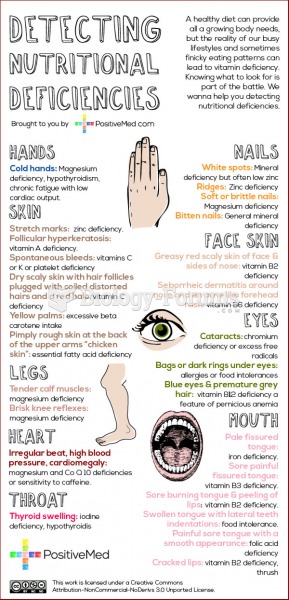Answer to Question 1
Estimates of body composition-the proportions of fat, water, lean tissue, and mineral (bone) mass that make up the body-are types of anthropometric measurements. The amount and distribution of these components can be an important indicator of one's nutritional status and overall health. For instance, adequate hydration status (water content) is important for optimal athletic performance; alterations in lean tissue can indicate advanced disease in cancer patients; too much body fat can lead to cardiovascular disease; and loss of bone mass is a major risk factor for osteoporosis.
Answer to Question 2
After reading about dietary assessment, 38-year-old David decides to make sure his diet is adequate. David wants to know whether his diet lacks any essential macronutrients or micronutrients. First, David uses anthropometric measurements to determine whether there is any evidence of overall malnutrition. David is 1.8 meters tall and weighs 68 kilograms. Because he is likely at a healthy body weight, David concludes that he is probably not consuming too few or too many calories. However, because weight and height are not good indicators of overall nutritional adequacy, David decides to conduct a dietary self-assessment using a three-day diet record and the MyPlate Food Tracker tool. He records everything he eats and drinks for three days, paying close attention to portion sizes. He carefully notes every component of more complex foods such as the lasagna served in the cafeteria. Next, David logs on to the MyPlate website and enters his information into its database. Using this free software, he is able to compare his dietary intake to the Dietary Reference Intake values of all the required vitamins, minerals, and macronutrients, as well as to his Estimated Energy Requirements. In addition, David compares his dietary intakes of certain food groups to those recommended by the 2010 Dietary Guidelines for Americans, the U.S. Department of Agriculture Food Patterns, and MyPlate. The results of David's dietary analysis indicate that he consumes almost all of the necessary nutrients at levels above their Adequate Intake Level or between their Recommended Dietary Allowance and Tolerable Upper Intake Level. Further, David's total energy intake is acceptable. However, his percentage of calories coming from fat is 45 percent-higher than recommended-and his daily fiber intake is below the recommended 20 to 25 grams. This suggests that David may have inadequate intake of fiber. In this manner, David can assess his own diet.







